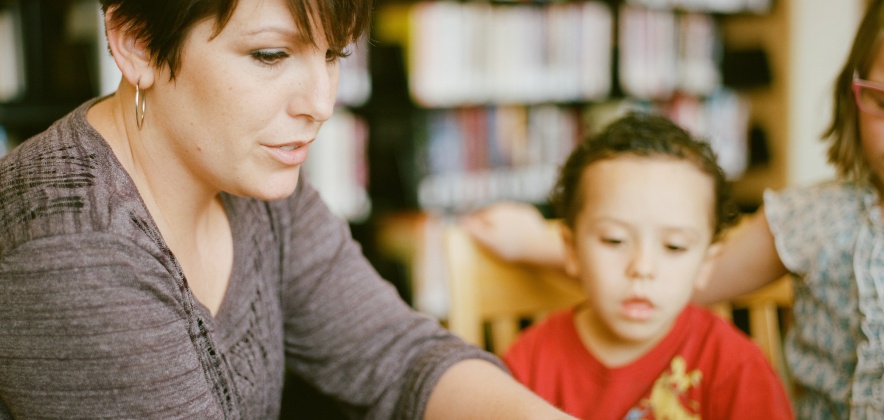
Abstract:
The work sheds light on the inclusive potential of Alternative Augmentative Communication (AAC) as a facilitative tool not for the exclusive use of pupils with Special Educational Needs, but for the benefit of the whole class group (Fontani, 2016; 2020a; 2020b; Cook & Odom, 2013). AAC by leveraging the use of symbols and images (Sigafoos, Kelly & Butterfield, 2007), facilitates and supports the learning process, meeting the variability of different cognitive styles, in line with the bio-psycho-social approach (WHO, 2004). In this direction, with its wide repertoire of tools, AAC anchors itself strongly to an innovative inclusive research framework: the Universal Design for Learning (UDL- Rose, Meyer & Hitchcock, 2005; Savia 2016; CAST, 2018). In order to contribute to the development of the international debate on Universal Design for Learning, the aim of this paper is to conduct a critical-exploratory analysis of the potential inherent in AAC, as a medium that supports the realization of learning experiences for each and every person.
 Classified "A" by ANVUR in the fields 11/D1, 11/D2 Scientific in the field 14.
Classified "A" by ANVUR in the fields 11/D1, 11/D2 Scientific in the field 14.

